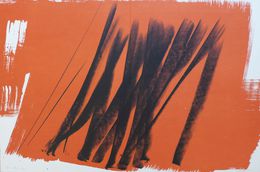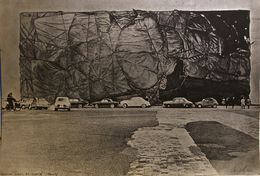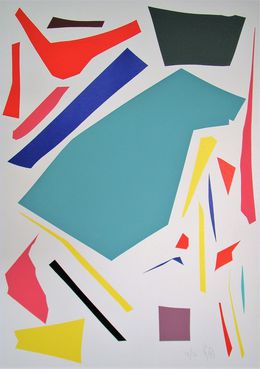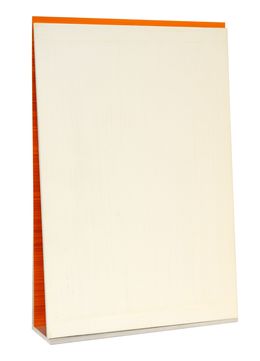
Meet Lionel Bovier
Director of the MAMCO Museum in Geneva

Exhibition of Rosemarie Castoro, 2019, photographed by Annik Wetter
Since its opening in 1994, the MAMCO in Geneva (Musée d'art moderne et contemporain, or the Museum of Modern and Contemporary Art) has developed an original form of museology. Housed in a former factory, MAMCO has primarily showcased art since the 1960s. MAMCO is based on the idea of the museum as a "global exhibition" that combines temporary exhibitions and renewed presentations of the permanent collections in the continuity of a visit. We spoke with director Lionel Bovier about his career path and his role at the largest museum of contemporary art in Switzerland.
1. Hello Lionel! Could you tell us more about your career path and how you came to your current position?
During my studies I was working as an art critic and journalist. I then started to organize exhibitions, first as an independent curator, then as an Associate Curator at Le Magasin in Grenoble. I was, at the same time, interested in education and started teaching in curatorial courses as well as at the ECAL, the Lausanne school for art and design. All that happened between 1988 and 2002. In 2004, I co-founded the publishing company JRP|Ringier (now JRP|Editions) with a Zürich partner and directed it for 12 years. I'll put it like this, there seems to be a vague logic to my path, but it failed me completely while it was happening: I was just following a desire to continuously learn new things and new trades, while remaining in active discussion with artists and colleagues…
2. MAMCO, opened in 1994, is located in a former factory. What makes it so special?
Well, there are several things that make it a different kind of museum. First, it's an artist- and art-centric museum: all of our resources go to the production of contents. Second, it's a museum with a system of rotating exhibitions that encompass the collection itself— consequently no two visits to the museum are the same. Third, it constantly put in question the museum's discourse itself, with varying systems of display, regimes of exhibitions and contrasting hangings. Finally, since 2016 it offers a syntactic approach, with several exhibitions simultaneously combining with each other and ideally becoming more than the sum of their parts. It also still relies on the belief that museums are more akin to universities than to amusement parks…
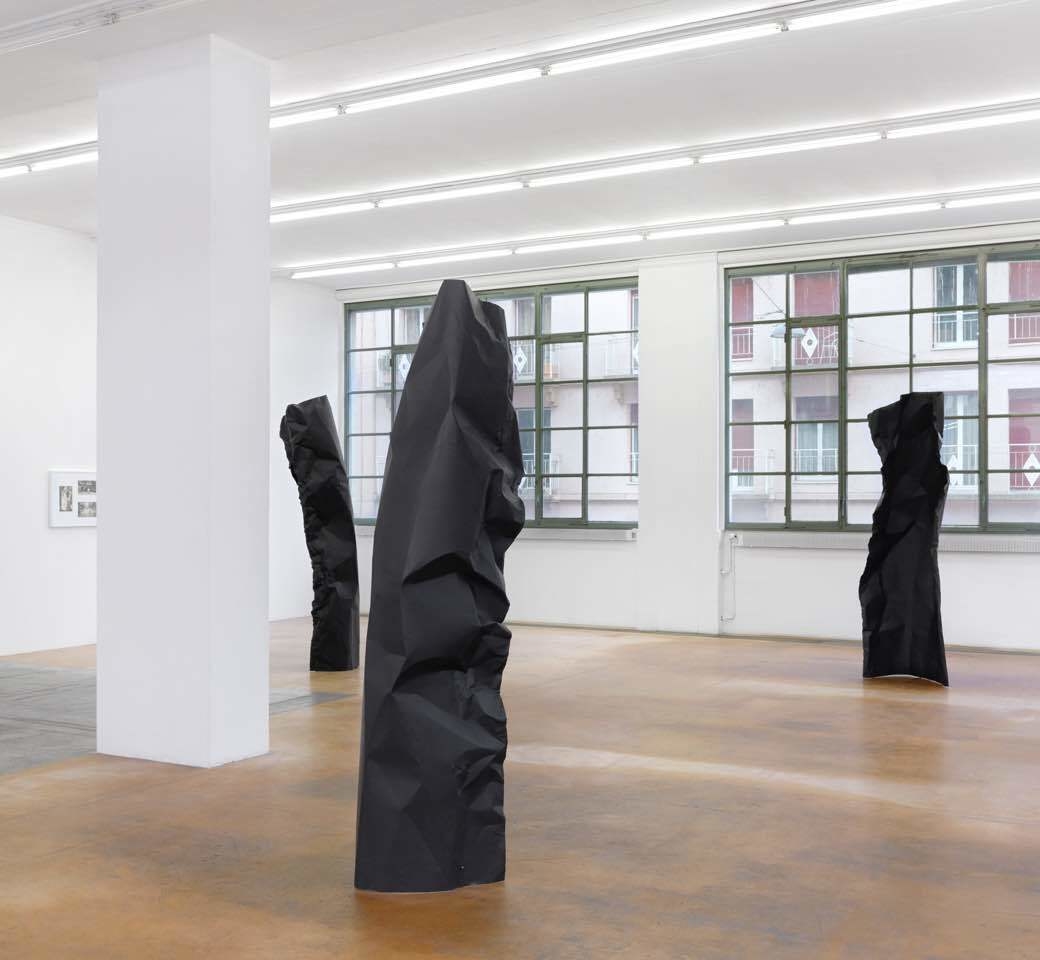
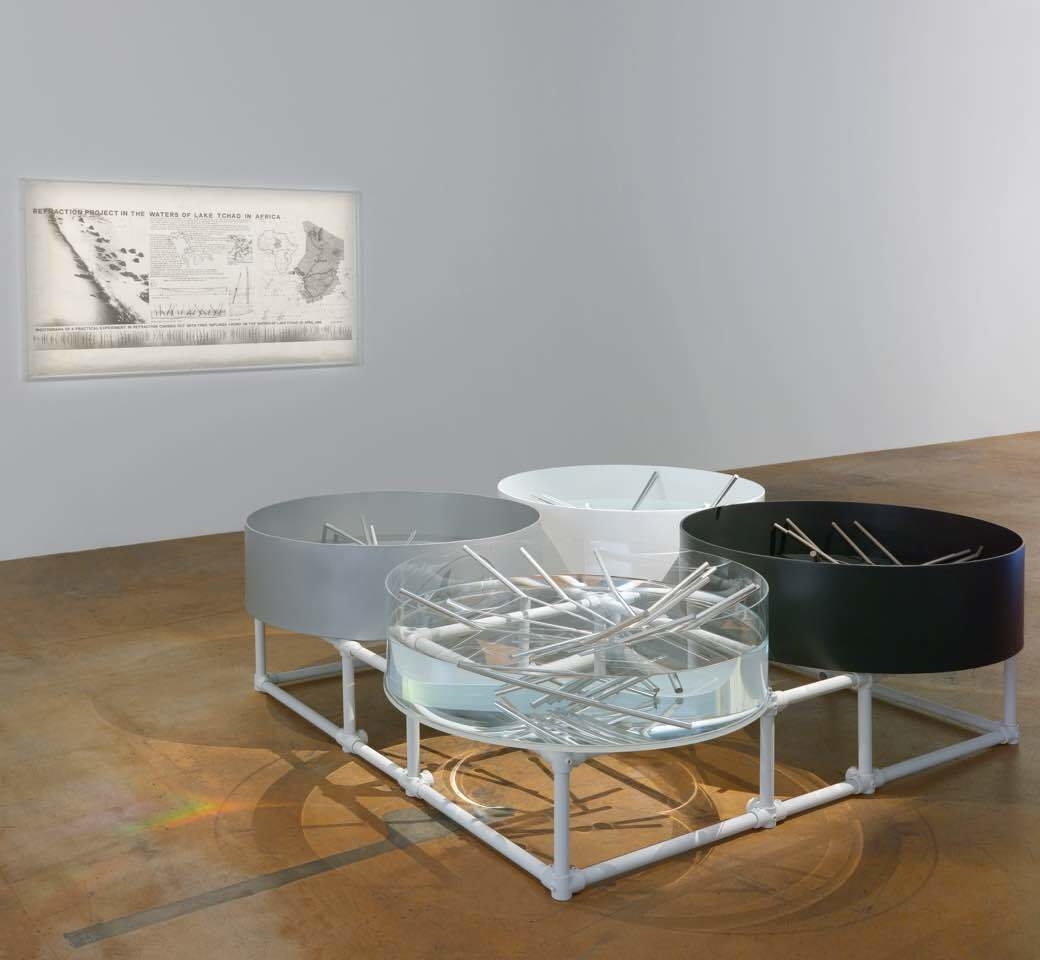
Left: Exhibition of Rosemarie Castoro, 2019 / Right: Exhibition of Laura Grisi, 2022, photographed by Annik Wetter
3. Is there a highlight of your work at MAMCO that you would like to share with us?
The highlights for me are two-folded: to be able to program each sequence with complete freedom and to conceive, organize and hang exhibitions myself! For a museum's director it's no small feat.
4. What criteria do you use to select and curate your artists at MAMCO?
Research-based and art-historical criteria mainly. We're not really following trends, be them audience- or market-driven. We present artists and exhibitions you won't see anywhere else, rather than trying to ride the waves of the period…
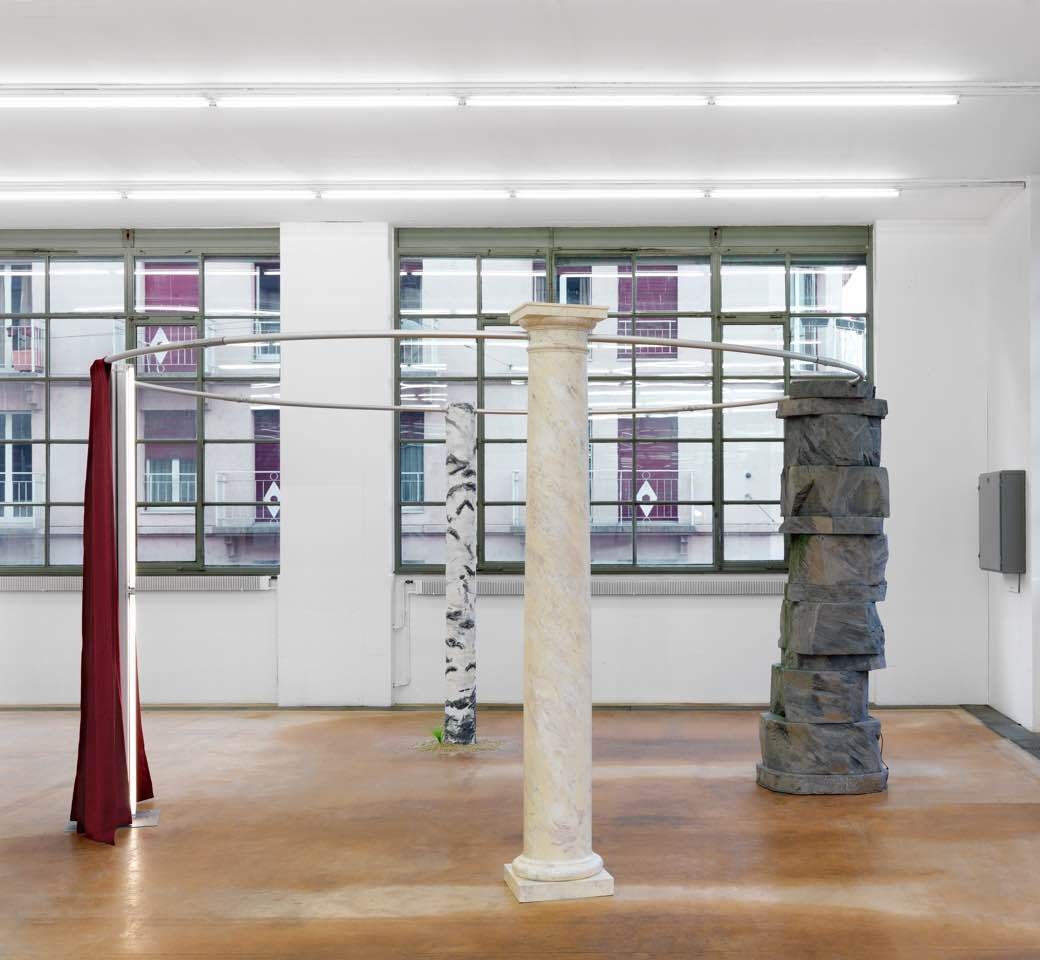
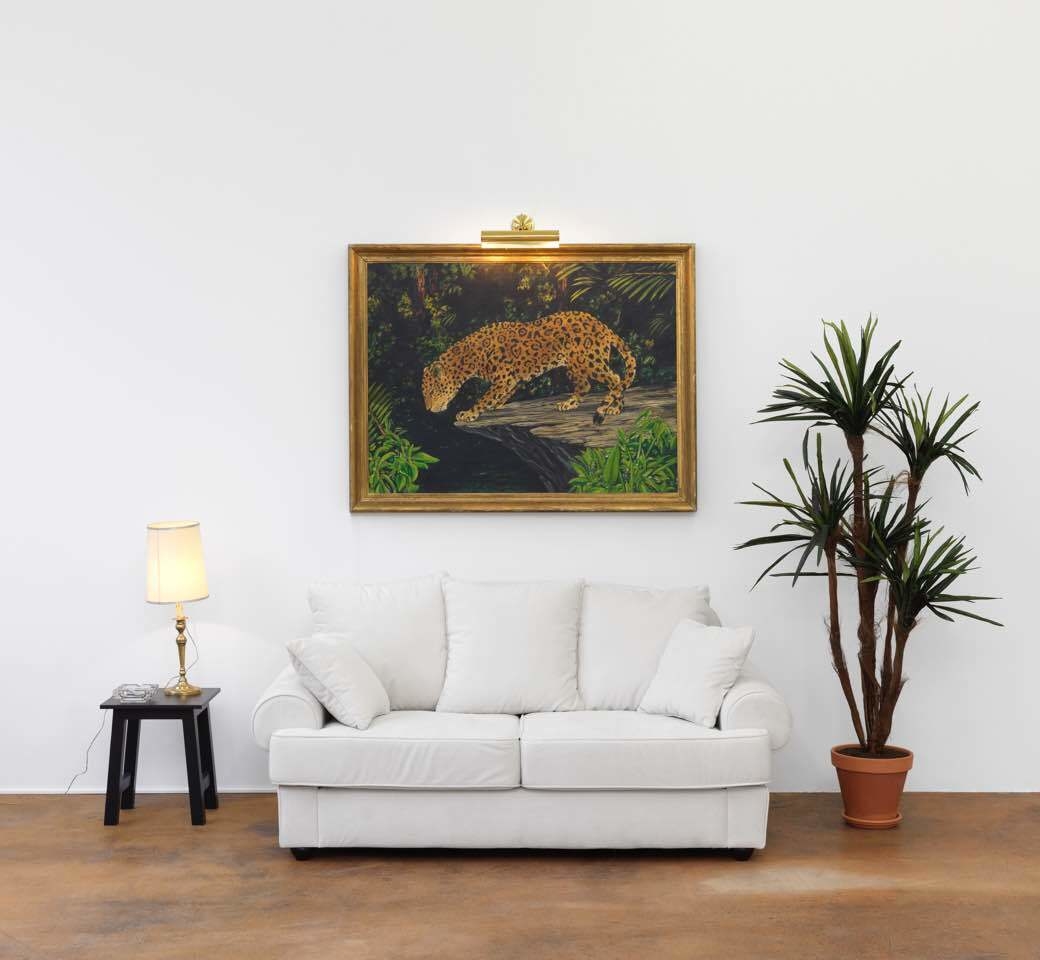
Exhibition of William Leavitt, 2018 photographed by Annik Wetter.
5. As the head of a public collection (including Martin Kippenberger, Christo and Robert Filliou) and changing temporary exhibitions, you are surrounded by art on a daily basis. What art do you collect privately and which artists have a special place in your home?
I do not possess a private collection: it's not organized or thought this way. I have works by artists I met, collaborated with and appreciated— for their works as much as their personalities. Paintings, drawings or sculptures hanging at home are thus as much memories of our relationships than art works— at least to me.
6. Where in the world would we find you outside of MAMCO? Any artistic spots that inspire you?
I try to follow the programs of museums and Kunsthallen around me. Being located in Switzerland is quite a treat, as Paris or Milan are as close as Zürich or Basel. Since I've started at MAMCO I also spend more and more time in the collections of the museums—it's where the most important transformations have happened over the last 20 years and it's exciting to witness.
Their favorite artworks


